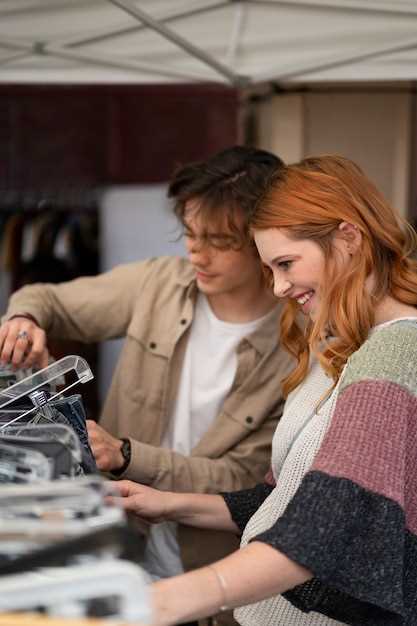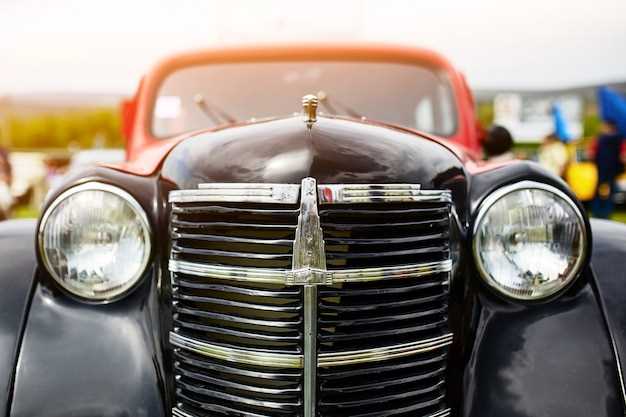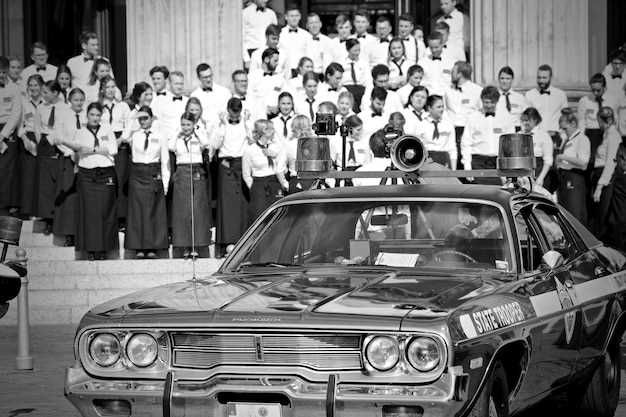What Judges Look for at Classic Car Competitions

Classic car competitions showcase not only the beauty of vintage automobiles but also the passion and dedication of their owners. Evaluating these magnificent machines is no simple task; judges must apply a comprehensive set of criteria to determine the best entries. Their judicious assessment involves various crucial factors that contribute to the overall impression of the vehicle on display.
Condition is paramount in the judging process. Judges closely inspect the car’s exterior, interior, and mechanical components to assess how well-preserved or restored it is. Originality retains significant value, as modified vehicles may lose points if they deviate too much from their factory specifications. This balance between preserving authenticity and demonstrating craftsmanship is a critical consideration during the evaluation.
Another essential aspect is attention to detail. Judges meticulously examine every nuance, from the paintwork to the engine bay, looking for signs of quality and precision in the restoration process. A well-detailed car often stands out among its peers, earning higher scores for the level of effort put into its presentation. Additionally, historical significance and the car’s story can also sway judges, adding a narrative dimension that enriches the overall exhibition.
Overall, the judging process at classic car competitions is a blend of technical evaluation and subjective appreciation, ensuring that only the finest examples of automotive history are recognized and celebrated.
Condition and Restoration Quality of Classic Cars
The condition of a classic car is paramount in competitions, as it directly reflects the care and attention given to the vehicle over time. Judges meticulously assess both the exterior and interior aspects, looking for signs of wear, paint quality, and overall finish. A pristine exterior often showcases the car’s original colors and finishes, while the interior should exhibit minimal signs of aging, maintaining its authentic character.
Restoration quality is another critical factor. Judges favor vehicles that have undergone meticulous restoration processes, using original parts and techniques that adhere to the car’s initial specifications. A well-restored car maintains its integrity and value, demonstrating a commitment to preserving automotive history. Conversely, alterations that stray too far from the original design can detract from a car’s authenticity and competition standing.
An unblemished condition combined with high restoration quality creates a compelling case for a classic car, making it more likely to secure a top position in a show. Attention to detail, such as aligning seams, using correct materials, and ensuring proper mechanical function, is essential. Judges appreciate efforts to retain the vehicle’s historical relevance while also enhancing its aesthetic appeal, striking a balance that resonates well during evaluations.
Authenticity and Originality in Classic Car Shows

In the realm of classic car competitions, authenticity and originality stand as cornerstones for judging. Judges meticulously examine each vehicle to determine how closely it aligns with the specifications and features it boasted when first manufactured. Original paint, untouched interiors, and factory-installed components can significantly elevate a car’s standing during a show.
Moreover, the provenance of a classic car adds another layer of evaluation. A well-documented history, including previous ownership and maintenance records, enhances the authenticity of a vehicle. Judges appreciate cars with verifiable lineage, as this speaks to their preservation over time. Restoration efforts that adhere to factory standards and techniques are also taken into account, as they preserve the spirit of the original model while ensuring mechanical functionality.
Competition shows often highlight vehicles that showcase these qualities effectively. Cars that have remained unaltered since their production are particularly prized, as they offer a glimpse into the past, reflecting the design and engineering of their time. Judges not only look for physical characteristics but also the overall narrative surrounding the car, making authenticity a multifaceted criterion in the judging process.
Ultimately, in classic car shows, authenticity and originality serve not just as standards for evaluation but also as a tribute to the history and craftsmanship involved in automotive design. A car that successfully embodies these attributes is likely to resonate with judges and enthusiasts alike, securing its place in the competitive landscape of classic car exhibitions.
Presentation and Detailing Standards for Judging

In classic car competitions, the presentation and detailing of each car play a critical role in the judging process. Judges meticulously assess various aspects of a car’s exterior and interior, focusing on cleanliness and overall condition. A well-presented car reflects the owner’s dedication and attention to detail, which can significantly influence the judges’ scoring.
Cleaning standards must be impeccable, with every surface polished and free of dirt, dust, or grime. Judges favor cars that showcase high-quality detailing, including proper waxing and consistent paint appearance. The engine bay should be detailed to the same standards, as many competitions require an inspection of this area. Signs of neglect, such as grease buildup or rust, can detract from overall impressions.
Interior detailing is equally important, with judges looking for upholstery that is clean, well-maintained, and original where applicable. Attention should be paid to the condition of carpets, dashboards, and all trim pieces. In addition, the clarity of all glass surfaces, including windows and mirrors, is essential for a professional presentation.
Judges also evaluate the overall originality of the car. This includes consistency in paint color and finish, adherence to factory specifications, and sourcing of authentic parts. Subtle modifications may be acceptable, but they should not detract from the car’s classic aesthetic. A well-presented vehicle that meets detailing standards can earn significant points in competitions.



